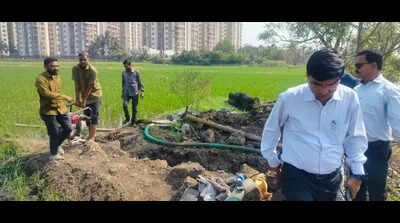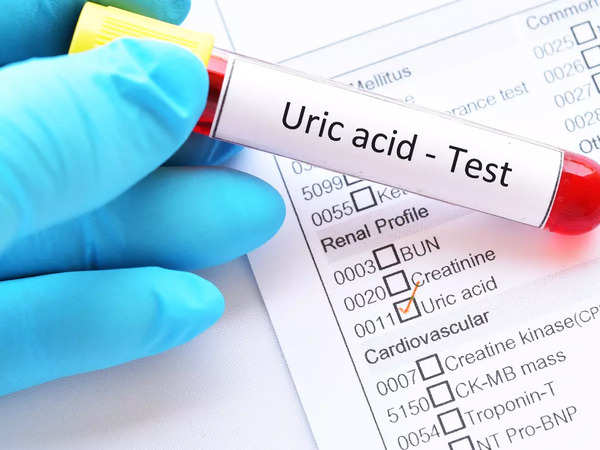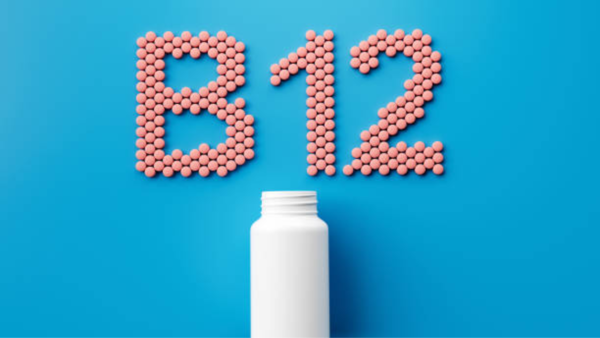- News
- City News
- surat News
- SMC to deploy drones to combat mosquitoes
Trending
SMC to deploy drones to combat mosquitoes
Surat: The country's cleanest city spends crores of rupees on the sewage drainage and wastewater treatment plant network to manage sewage water for better sanitation practices. However, farmers in the northwest parts of the city are using the sewage water for irrigation by directly fetching it from the sewage drainage and rivulets using water pumps. The farmers use the water, saying they do not need to use fertilisers for a good yield.
The use of sewage water is helping in good growth of farm products. But it is also increasing the population of mosquitoes. So much so that the SMC health department is going to use drones to spray larvicides in around a 150 sq km area. Irrigation water is supplied through a canal in the western outskirts of the city, but the use of sewage drainage water is the first priority of the farmers.
In a recent drive in Pal, Palanpor, Ichhapore, Ugat, Bhesan, and Jahangirpura areas, the health teams found that water is being fetched by damaging the manhole cover. The collection of water in open drains also leads to the growth of vegetation.
A total of 350 field staff and supervisors, divided into 45 teams, carried out the drive and identified these locations. The teams sprayed 1,680kg of bactericide, 80 litres of oil, and two different types of larvicides — one 45 litres and another 280kg. At these locations, 377 litres of bio-larvicides were also used. SMC seized three water pumps as well.
"The fields are huge, with stagnant water, and it is difficult to spray larvicides in all parts. For better results, we are now going to use drones that will cover almost all parts," said a health official.
As part of the project to control the mosquito menace through drones, the first aerial survey of around a 150 sq km area will be done. Later, a heavy-duty aerial machine will be used to spray larvicide. The project cost is estimated at Rs 67 lakh.
The drone will carry larvicide in around a 15-litre tank and spray in the area as planned. The drones will be able to move around large waterlogged fields and the long network of trenches in areas where it is difficult for the health officials to reach.
"Since the larvicides and bactericide are to be sprayed on agricultural fields, it will be ensured that their quantity and quality are not harmful to the agricultural products," said a health official. In the majority of the fields in these areas, paddy farming is common.

About the Author
Yagnesh Bharat MehtaEnd of Article
FOLLOW US ON SOCIAL MEDIA








